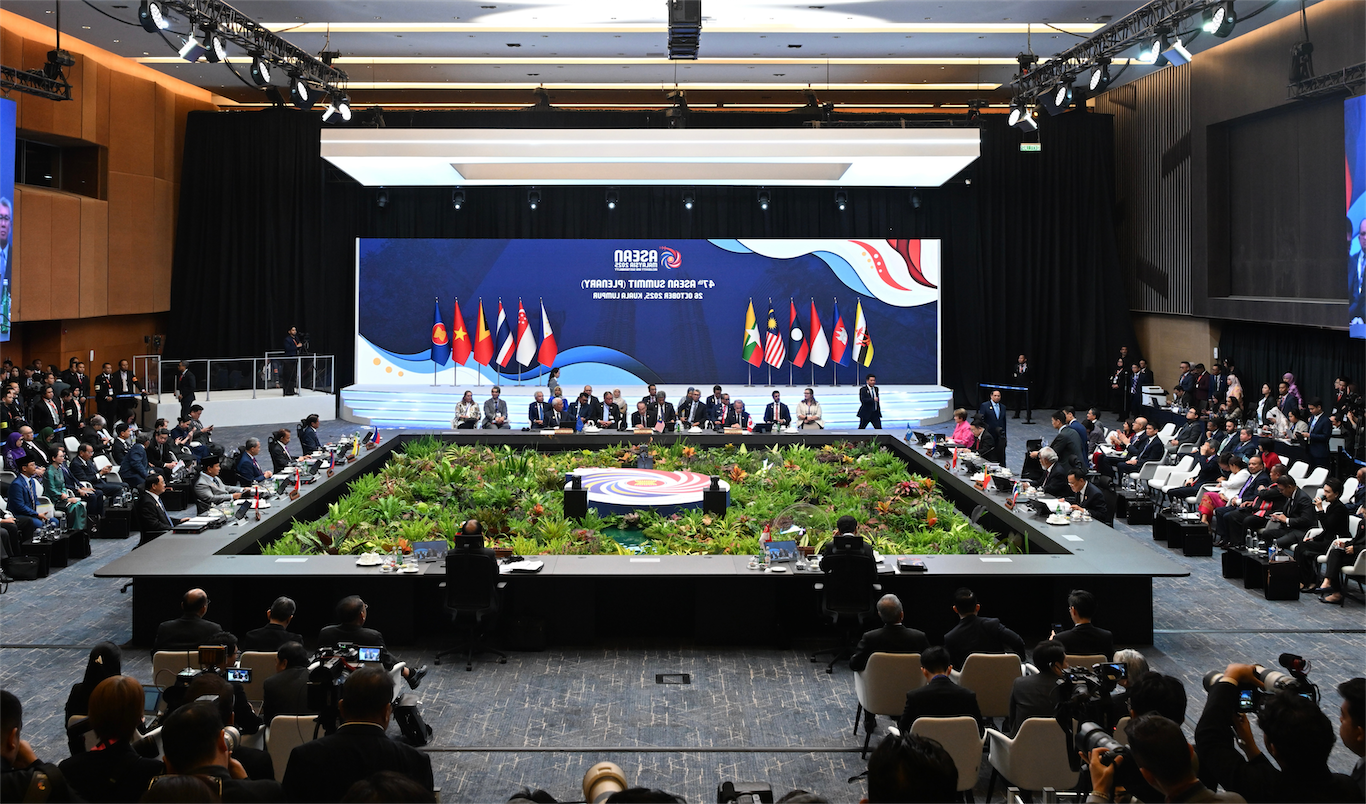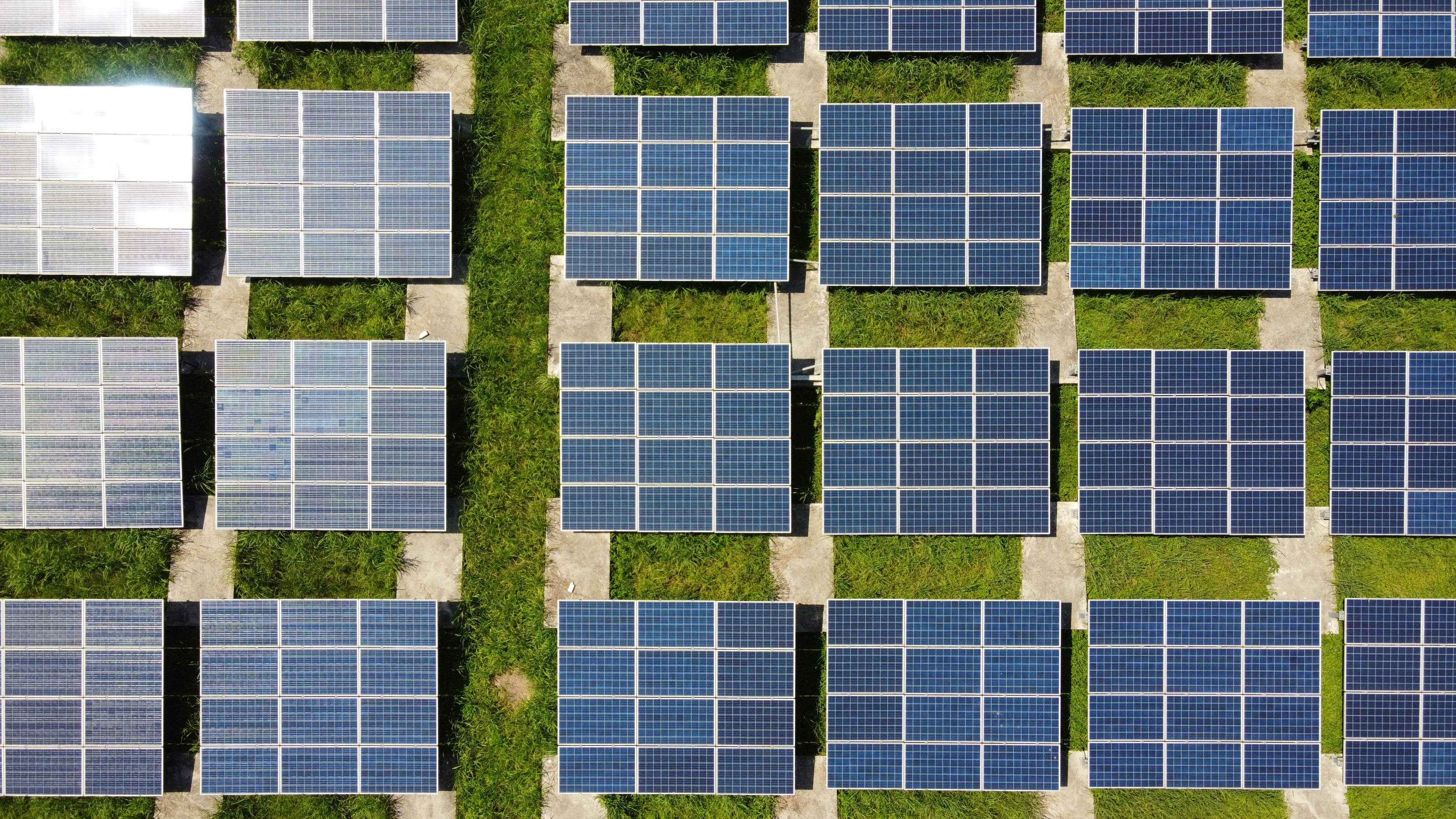ASEAN is facing a critical litmus test as great power politics break the thin lines between national security and economic policy, leading to a much more intensified and interconnected economic-security nexus. The interlinkage between the two domains was not new, where one domain has influence and interdependence on another, as seen during the Cold War or in the Post-9/11 environment. However, up to recently globalisation had enabled sufficient room for compartmentalised agenda setting and cooperation based on agreed rules in each domain.
In ASEAN, regional integration and community building has been advanced through the three-pronged tracks of political-security, economic, and socio-cultural cooperation, known as the “pillar-based” approach, often independently of each other while working towards a community-wide vision. However, that room for ASEAN to continue in this direction fundamentally shrank as great powers changed the course of their strategic approach over the past decade. As a home to small economies and middle powers, embedded in global supply chains and reliant on a rules-based order for its survival, the region is faced with an existential challenge. In a world where might makes right, and when the benefit of a rules-based multilateral order is fast eroding, where does this take ASEAN?
This piece argues that ASEAN’s old model of compartmentalised community building, where economic and political security are dealt with in isolation, can no longer be tenable. ASEAN must ensure its institutions and frameworks can be effectively mobilised to help ASEAN Member States (AMS) navigate the emerging context. For ASEAN to remain relevant, there must also be clear benefits to external partners in engaging with ASEAN as a group, instead of or in addition to bilaterally with individual AMS.












